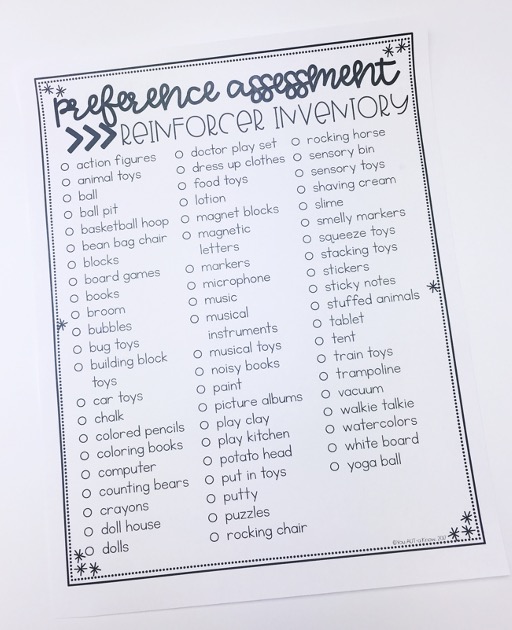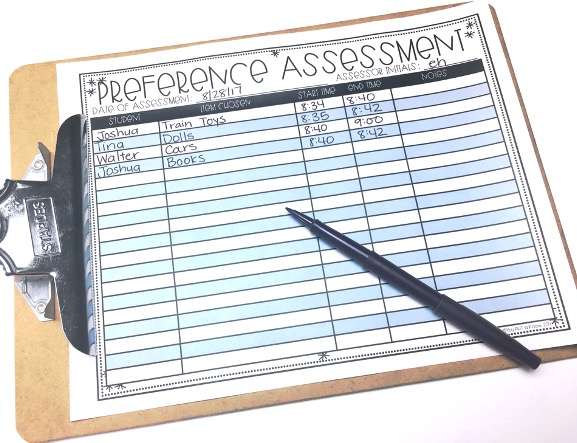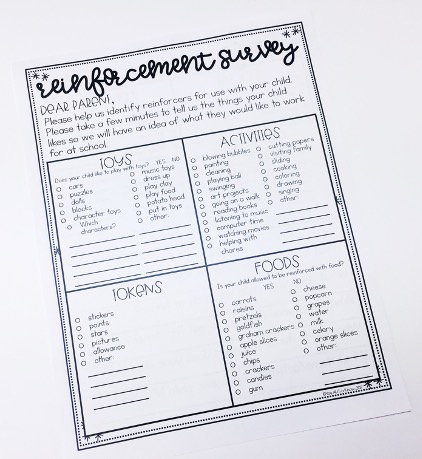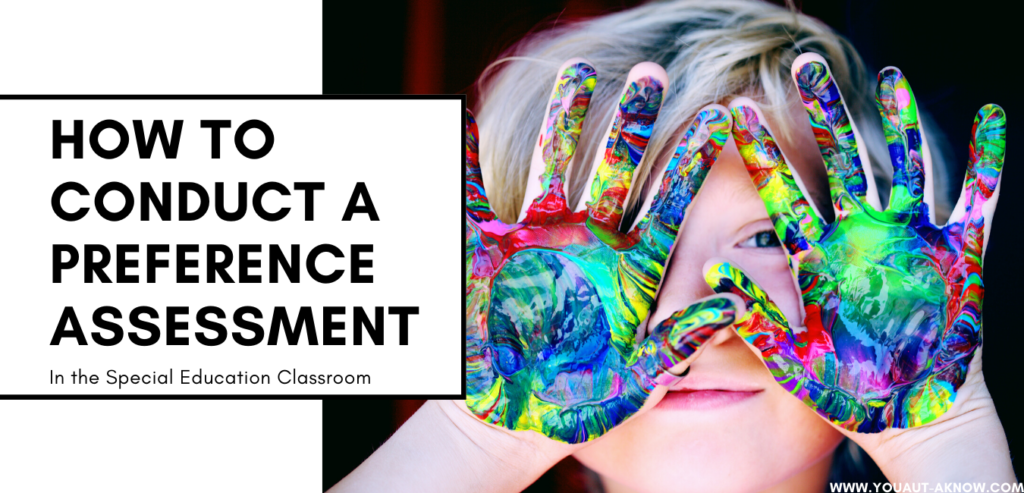
If you’re working in the special education classroom you’re probably going to want to conduct a preference assessment in your classroom. What is a preference assessment? It’s a tool that’s going to help you figure out what things your students like. This allows you to use those items as reinforcers while conducting lessons in your classroom. Want to find out how to conduct a well rounded preference assessment? I’ve got 3 things you should definitely be doing. Check them out!
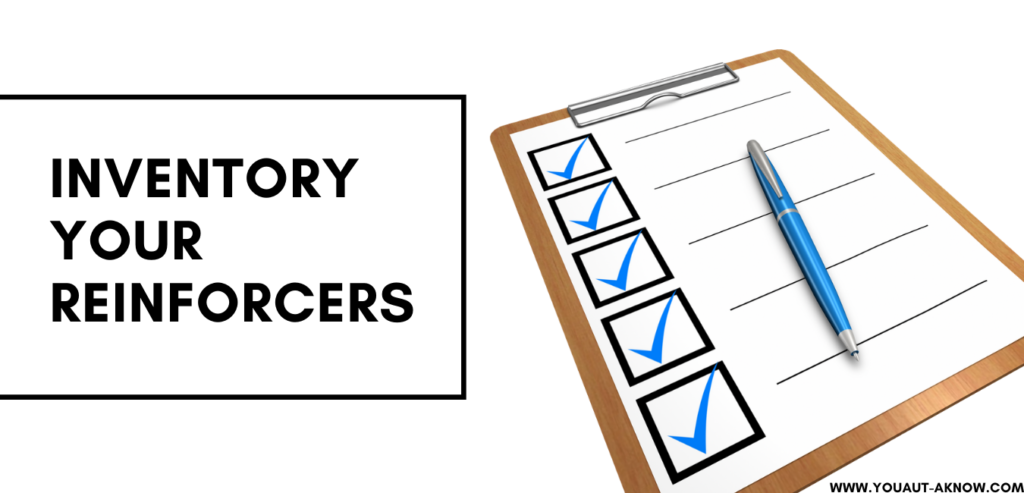
1. Inventory your possible reinforcers
Before I even get started with a preference assessment in my classroom, I take an inventory of all the possible reinforcers I have. This is a great opportunity to evaluate your stash. During this time, I’ll divide my reinforcers into groups and make some predictions about what students may want to engage with. I usually gather reinforcers into baskets or bins so I can distribute them to centers during my assessment.
I keep a cabinet of reinforcers in my classroom. During this inventory, I grab a checklist I created and take inventory of what I have on hand. Sometimes I loan out reinforcers, so this is a great time to track them down. I can also see which types of reinforcers I may be lacking and make a request to get more.
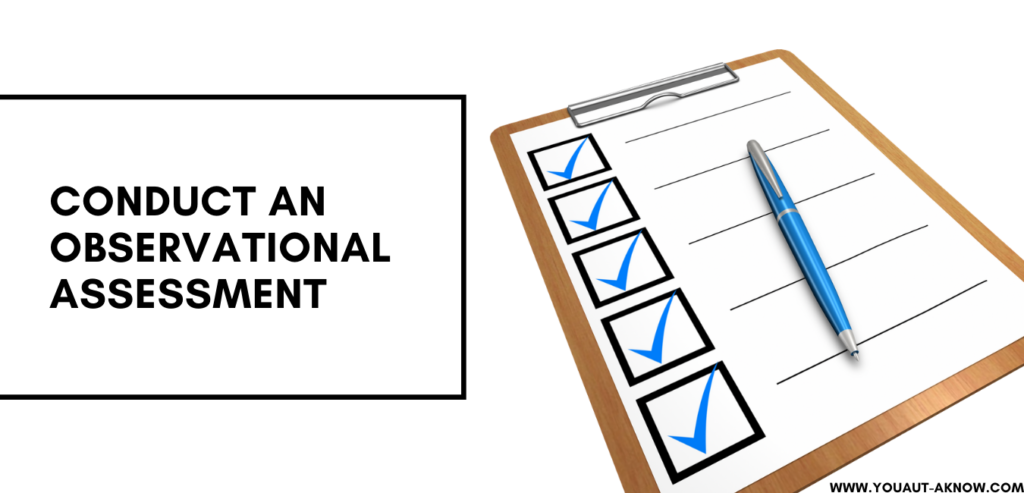
2. Conduct an observational preference assessment
Once I know which reinforcers I’m working with, it’s time to conduct a preference assessment. In my experience, my students aren’t able to tell me which reinforcers they prefer, so I opt for an observational assessment. I gather all of the potential reinforcers and divide them throughout my centers. Then I let my students have at it!
This is a time of free access, students engage with toys and items they like and don’t engage with the items they don’t like. I keep track of this by collecting data. Data is always your friend in the special education classroom. I use a simple data sheet where staff inputs the student’s name, item accessed, and how long they access the item for. I use a start and stop time. Our team found that using timers with multiple students in a center can be confusing.
One thing I recommend is limiting and mixing your reinforcers. Choose 3-4 items at a time and compare how your students interact with them. Do they only use one of the items? Maybe 2-3? This is useful data.
Complete a comparison assessment
Once I have found the items that my students tend to gravitate towards more often, I’ll do a comparison assessment. Let’s say a student has shown preference to trains and puzzles in separate assessment times. The next time I assess, I’m going to pull out the trains and puzzles and see which item is more preferred. If they go for the trains first, I may assume that trains are more reinforcing than puzzles. But it’s also important to look at the length of time the student is engaging with the item. Sometimes they’ll choose one item first, then they’ll quickly abandon it and spend more time with a different reinforcer.
As you may have noticed, my preference assessments often take multiple days and sessions. Once I have a sufficient amount of data to review, I look for trends and begin pulling out highly preferred items. Once I have a list of 5-10 reinforcers, I’m usually ready to start implementing lessons in the classroom.
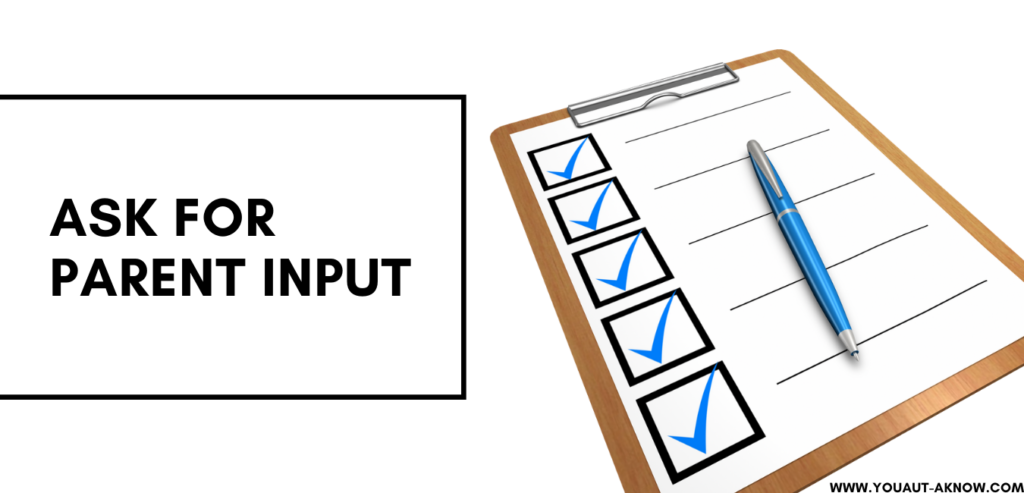
3. Ask for parent input
Another great way to get a list of reinforcers is to get parent input. Parents know their children very well and may have insight into things their child prefers. When conducting a preference assessment, I’ll send home a quick parent survey. This survey presents a variety of potential reinforcers. I just ask parents to check off items that their child likes.
These potential reinforcers may already be in my classroom. They also may give me a list of things I can request to build my library of reinforcers.
This is the process I follow when conducting a preference assessment in my Special Education classroom. I will often complete the assessments 3-4 times a year. I always conduct one in the beginning of the school year and after winter break. Anytime I notice a student’s motivation is slipping, my team and I will conduct additional assessments to make sure we’re still using the strongest reinforcers.
